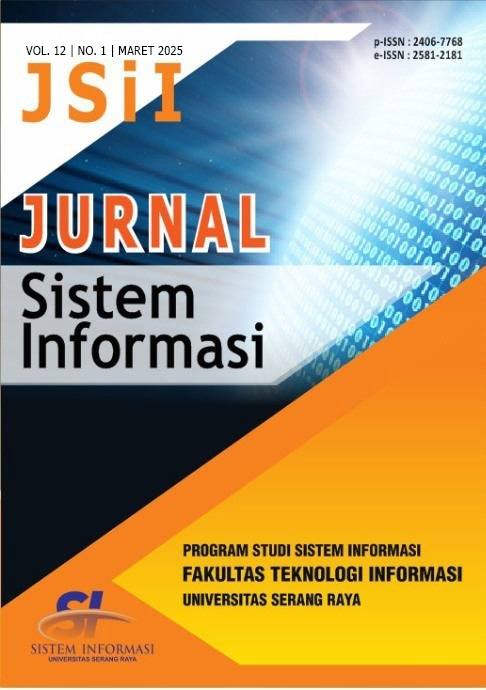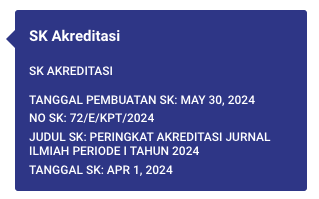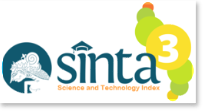DEVELOPMENT OF A PREDICTIVE MODEL FOR EARLY CHILDHOOD LEARNING SUCCESS BASED ON ENSEMBLE LEARNING WITH INTEGRATION OF PSYCHOLOGICAL AND DEMOGRAPHIC DATA
DOI:
https://doi.org/10.30656/jsii.v12i1.9956Abstract
Early chilhood learning serves as a crucial foundation for cognitive and emotional development, significantly influencing future academic success. The use of machine learning technologies presents chances to improve the effectiveness and scalability of educational practices in the digital age. By creating an ensemble learning-based model which includes both demographic and psychological data. This study overcomes the shortcomings of earlier research, which frequently ignores the psychological elements operating learning outcomes. The F1-Score, Accuracy, Precision, and Recall measures are used in this study to evaluate prediction using Random Forests and Gradient Boosting Machines. With an F1-Score of 89%, Accuracy of 92 %, Precision of 90%, and Recall of 88%, the Random Forest model exceeded Gradient Boosting, proving its ability to manage data complexity while finding a balance between precision and recall. The results show while demographic characteristics like age, gender, and parental occupation have little impact on early learning achievement, academic performance and attendance are the most important predictors. This emphasizes the necessity of focused tactics to improve academic achievement and classroom engagement. The study is limited by the representativeness of the dataset and the limited extent of psychological data, notwithstanding its contributions. To improve the interpretability and use of prediction models in early childhood education, future research should address these constraints by integrating qualitative methodologies, utilizing sophisticated machine learning techniques, and considering larger psychological factors
Downloads
Published
Issue
Section
License
Copyright (c) 2025 Zaqi Kurniawan, Rizka Tiaharyadini, Arief Wibowo

This work is licensed under a Creative Commons Attribution-ShareAlike 4.0 International License.
- This work is licensed under a Creative Commons Attribution-ShareAlike 4.0 International License.
-
Author(s)' Warranties
The author warrants that the article is original, written by stated author(s), has not been published before, contains no unlawful statements, does not infringe the rights of others, is subject to copyright that is vested exclusively in the author and free of any third party rights, and that any necessary written permissions to quote from other sources have been obtained by the author(s).
- Information
- Notice about change in the copyright policy of the journal 'Jurnal Sistem Informasi (JSiI)' : "From Vol 1, onwards the copyright of the article published in the journal 'Jurnal Sistem Informasi' will be retained by the author"













.jpg)














